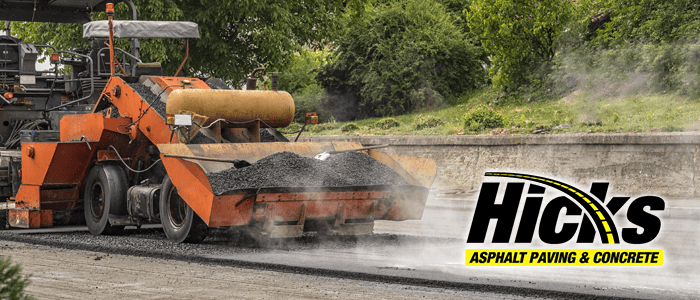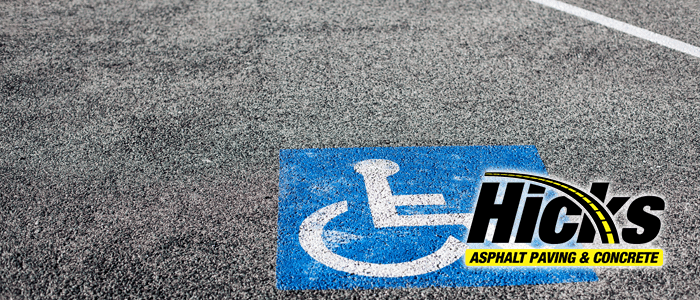Paving experts prize asphalt for its durability and longevity. When counties properly maintain roads, the pavement lasts anywhere from 15 to 20 years. However, if not regularly inspected and maintained, that durable surface breaks down much more quickly, shortening its usable life to only 3 to 5 years. The various sources of damage vary somewhat with location, as temperature and weather are some of the primary sources of strain on your asphalt. This is why it is so important to know the different types of damage your asphalt may face and repairing them as soon as possible is so crucial. Below are several damage types to look out for and what to do about them.
Corrugations
Drivers often describe corrugation as lumpy and bumpy pavement. Corrugation happens when pavement mixtures have too much asphalt. Additionally, corrugation also occurs when the paver does not use the appropriate asphalt grade. Corrugation is a pain to repair. A paving expert must cut out the corrugation and patch new asphalt in its place.
Rutting
Rutting is when vehicles leave noticeable, visible wheel-paths through pavement. Oftentimes, vehicles leave ruts when the pavement does not set properly. This leads to moisture penetrating the foundation layer. Alternatively, rutting comes from a paver improperly compacting the surface during installation. However, unlike corrugation, it is fairly simple to repair. Simply patch over the area or add a thin overlay of fresh asphalt.
Potholes
Everyone has seen a pothole at some point in their life. They are very common all around the world. They are the result of previous cracks, rutting, corrugations, or other damage that people neglect to repair properly. This allows old damage to worsen, over time, and with maintain exposure to the elements. The exposure makes cracks expand and deepen. Heavy use and high temperatures only exacerbate the matter. Depending on the severity of the pothole, you may be able to get away with patching or filling them. Otherwise they will need to be cut out and replaced with all new asphalt.
Weathering
Weathering is the ups and downs of temperature and moisture your asphalt experiences on a daily basis. You will likely have noticed that fresh asphalt is much darker in color than older asphalt. This color change is a result of moisture loss in the asphalt surface. It is a natural part of asphalt aging and to be expected with sunlight, weather, and regular usage. This moisture loss makes the asphalt more susceptible to other types of damage like cracking or potholes.
Bleeding
Sometimes called flushing, this type of damage is caused by asphalt binding agents leaking through the surface. This leak can become almost sticky and tar-like and san be quite slippery when combined with rain. This can be fixed by applying a sand mixture over the asphalt surface to absorb the excess binding agent.





